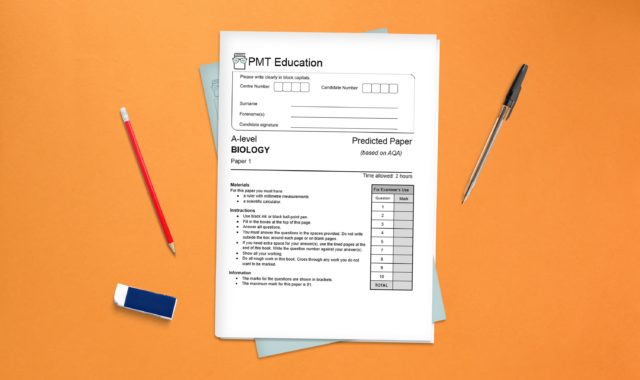Mr Wilcox has a problem; his class won’t speak. Imagine the scene. They have just finished reading the lesson’s poem, Cecil Day-Lewis’ incredibly moving ‘Walking Away’. Mr Wilcox pauses for a couple of moments before executing a perfect cold call routine: ‘So, what is the significance of the word “wrenched” … … …, Ally?’ It has everything: the question frontloaded, a pause to help increase ratio as everyone is thinking, and then at the end, the student’s name. Textbook. And yet, Ally simply fumbles and has nothing to say. Mr Wilcox tries again. Question, pause, and now ‘Jasmine?’. Eyes down on the desk, Jasmine has nothing to say either. Again, Mr Wilcox tries, but again, nothing.
Finally, exasperated, Mr Wilcox returns to old habits and asks for hands up. ‘Does anyone notice anything about the word “wrenched”?’ Now, a flurry of hands reaches up to the ceiling. At last, the discussion can begin.
Diagnosing the cold in English literature
In most other classrooms, Mr Wilcox would be praised for his cold call routine. The use of hands-up questioning would be frowned upon as inferior: it’s not a check for understanding, an observer might comment, if the sample size is just those that already think they know. This would be a reasonable assessment in many disciplinary contexts, but it doesn’t quite work in the English classroom. Why not?
English is an inherently effective discipline that operates on a student’s emotional or intellectual reaction to what they’re reading. Unlike most other subjects, English is response-driven. A cold call transplants onto the English student an unnatural disposition. It assumes that students should always have something to say, regardless of whether they actually do. We have delivered information and now we are checking whether it has been received across the classroom. And if it hasn’t, we can intervene.

Yet what happens to this dynamic when a student – legitimately and authentically – doesn’t have anything to add? A text doesn’t always move or incite a response, nor should it. In the face of this recognition, cold call begins to falter. You ask a question, pick a student, and they don’t have an answer. This need not reflect a failure of instruction or lack of understanding, but rather that the text hasn’t yet touched the student in a meaningful way. This is not a failure of literature, but a part of what it means to read.
This isn’t to suggest that cold calling is entirely incompatible with English. Clearly there are many scenarios in which it works well, such as with plot-based questions or recall activities. Rather, cold calling doesn’t work very well – and nor does it need to do so – when dealing with a student’s initial emotional response to a work of literature. In this scenario, like we’ve seen with Mr Wilcox’s class, a hands-up approach is better.
Making the cold call work for English
English teachers shouldn’t shy away from using the hands-up approach, but neither should they abandon the cold call. We can make it work for English, even when exploring an initial response to a text. We can help Mr Wilcox to make his cold call more English-y.
This requires more preparation before the cold call. Rather than seeing cold calling as a way to assess and check understanding (as it usually is) we can think of it as a way to invite response. But for this to work well and not to descend into silence, students need time to formulate this response in the first place.
There are a number of ways to achieve this, many of which are familiar in non-English classrooms. We might ask students to generate their response first in writing before shifting into questioning or sharing a thought with a partner. One specific routine I build into my lessons, which works particularly well, is utilising the simple dot.

As I read a text with a class, I ask them to place a dot in the margin next to anything they find interesting, confusing or just something they like. Really, it can be anything. The dot becomes a physical and tangible reminder to engage with aspects of the text students enjoy. Given just how broad the criteria for placing a dot is, I would expect everyone in the class to be able to dot something, no matter how seemingly mundane.
At the appropriate moment – perhaps having read the poem once or having reached the end of a specific scene – I bring the class together. Now I can feel much more confident in cold calling students by simply asking them what they have dotted and why. I’m not checking understanding at this point, but rather encouraging students to share their reactions.
This simple shift in pedagogic mindset makes cold calling far more productive, leading to much better discussion, and, ultimately, to far greater meaning-making. It also helps to avoid the silence of Mr Wilcox’s classroom.







Comments